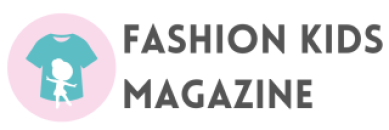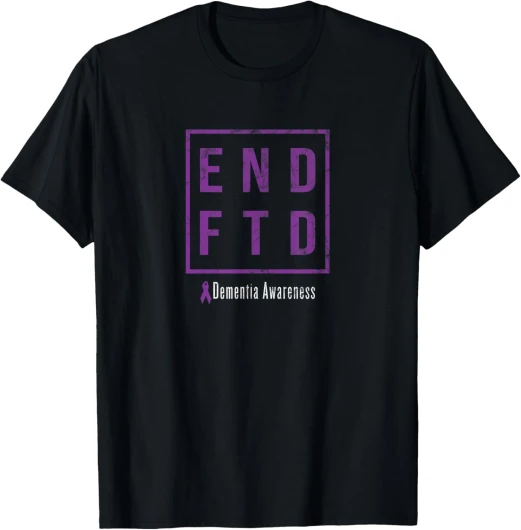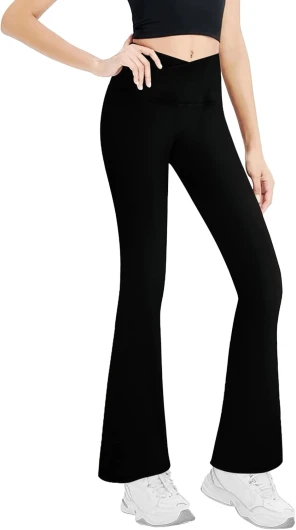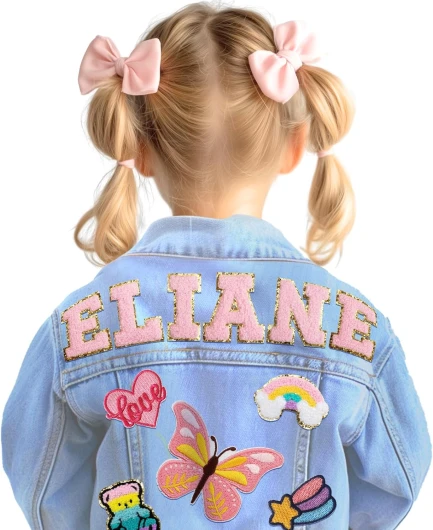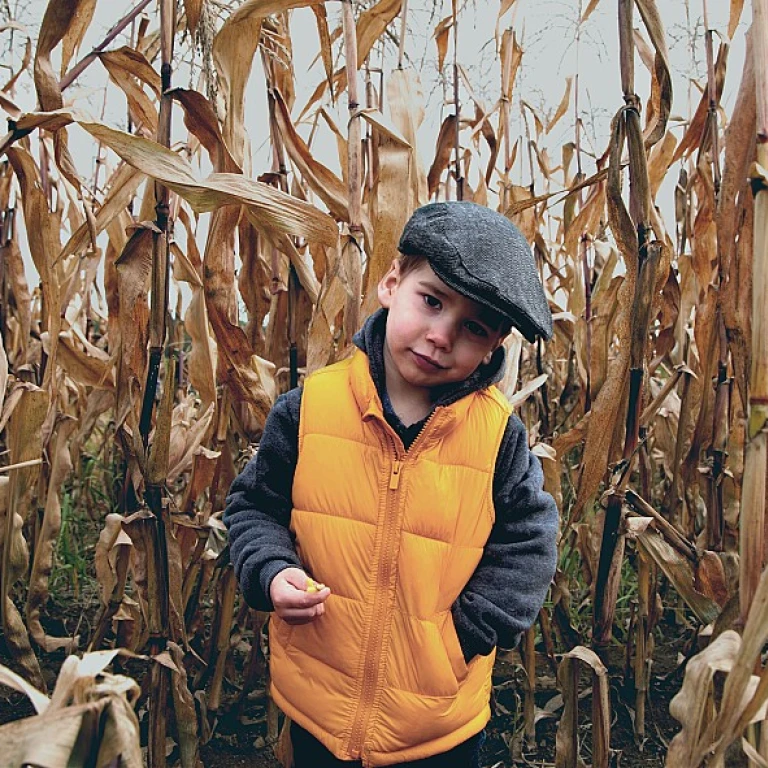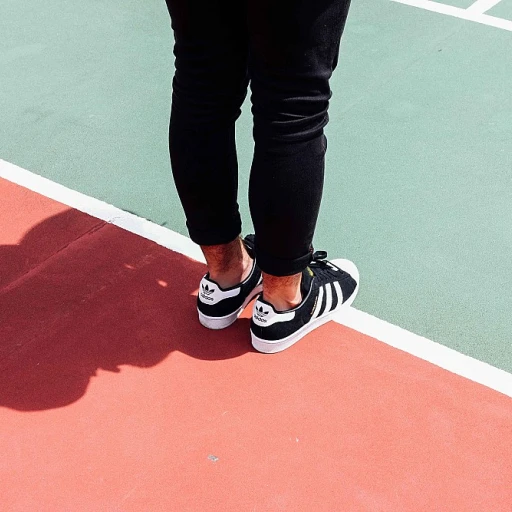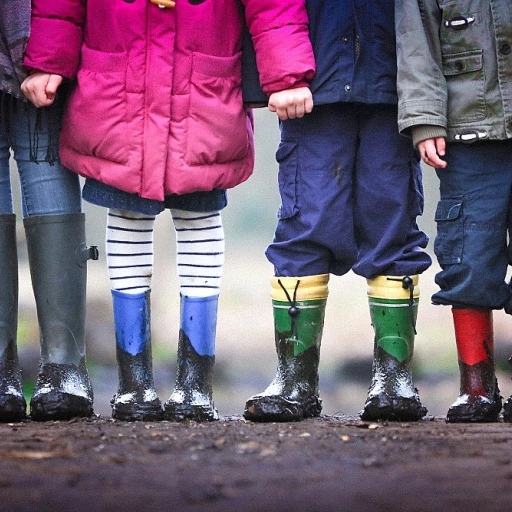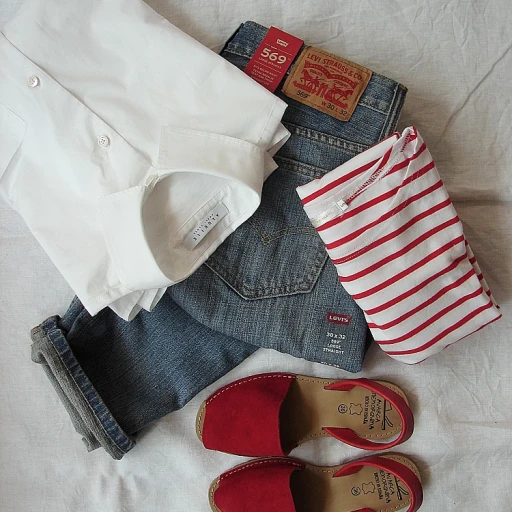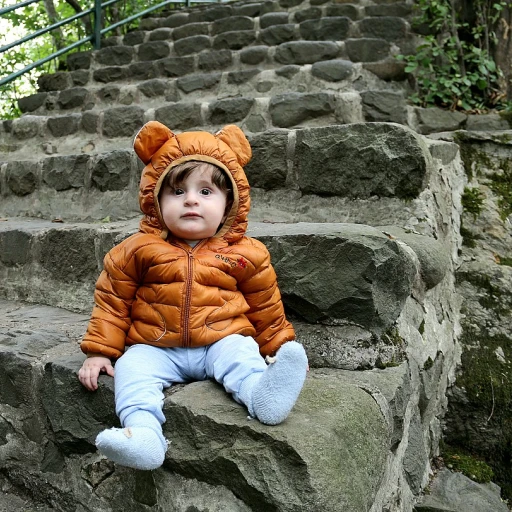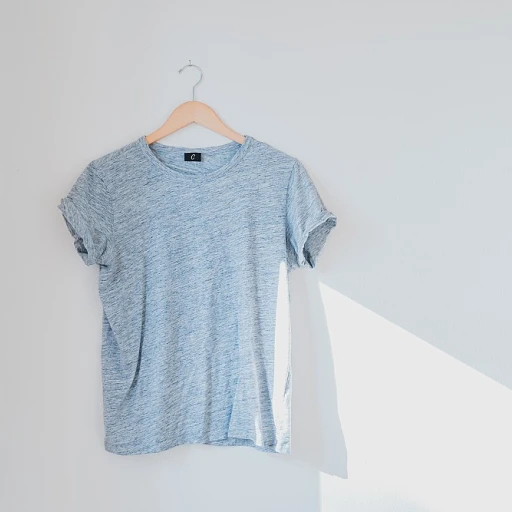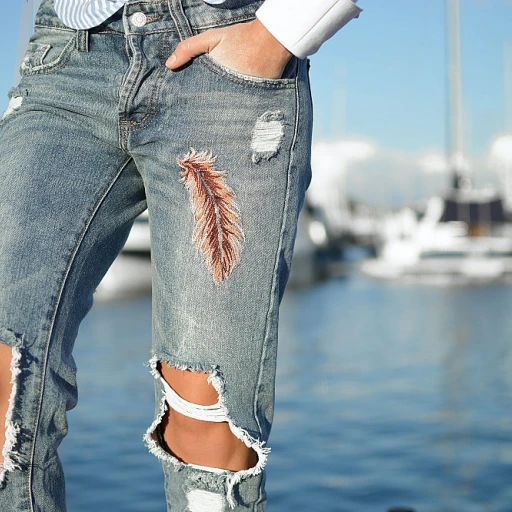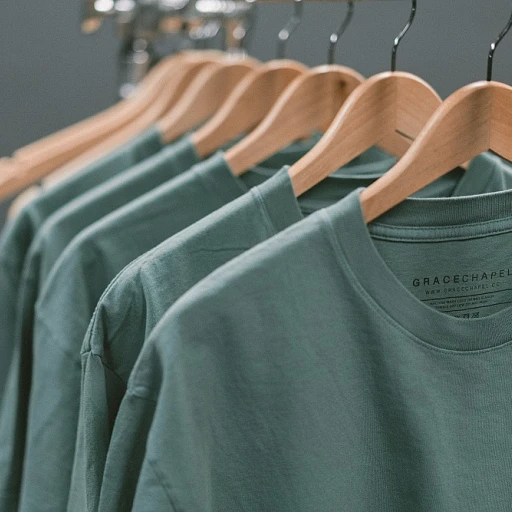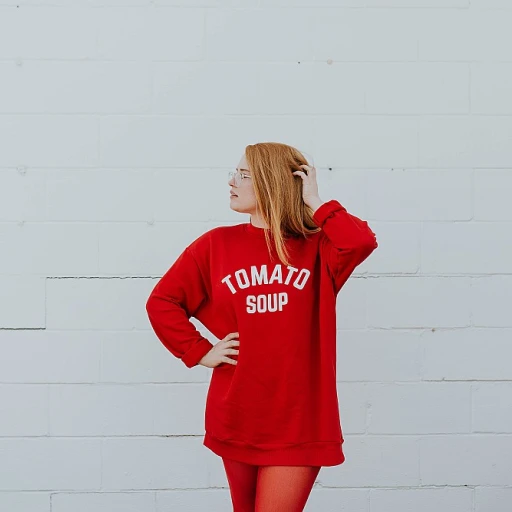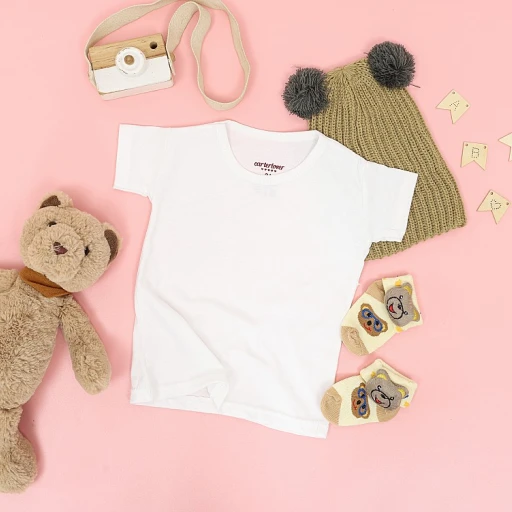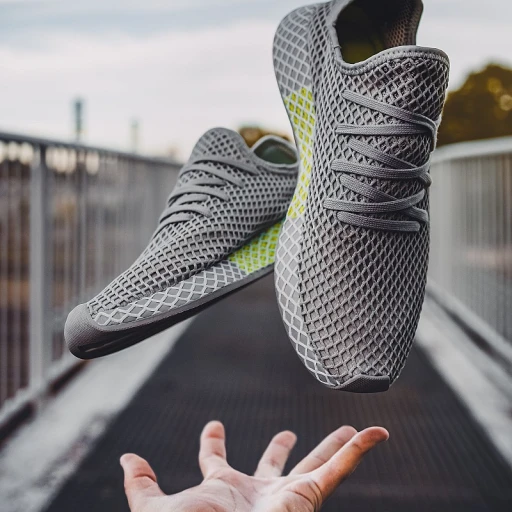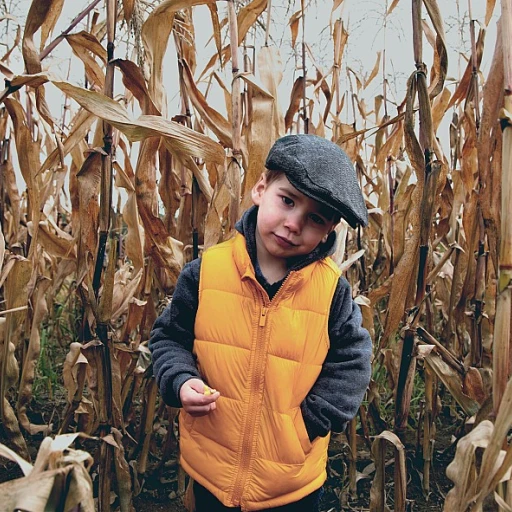
Unwrapping Designer Collaborations in Kids Fashion
Peeling Back the Layers of High-End Collaborations
The landscape of children's fashion is witnessing a significant transformation with the emergence of high-end designer collaborations that are reshaping what it means to dress our young ones. Where once the market was dominated by playful, but often generic, apparel, the trend of designer collaborations is infusing the industry with a newfound energy and creativity. These partnerships, like the iconic Stella McCartney x Disney alliance or the bold Gucci x North Face collection, are not just about creating clothes; they're about crafting narratives of exclusivity and sophistication, interwoven into every seam of kids' garments. Statistics from leading fashion industry analysts indicate that co-branded designer collections have seen a 20% increase in market share over the past year alone, signaling a shift towards luxury in the littlest of sizes.
Decoding the 'Why' Behind High-End Collaborative Trends
Behind every successful designer collaboration in the kids' fashion sphere, there's a strategic move to tap into the parents' desire for uniqueness and quality. A survey by Baby Vogue Magazine shows 85% of millennial parents consider the uniqueness of a child's attire to be of utmost importance. Families want their children's clothing to be special, to stand out, and to embody a sense of individuality that mirrors their own style ethos. Fashion houses have responded by creating exclusive lines that offer parents the chance to give their children a piece of designer elegance.
The Intersection of Couture and Crayons
As we delve deeper into this vogue revolution, it's clear that the allure of exclusivity is only the beginning. Limited-edition pieces from collaborations like Marc Jacobs x Peanuts, or Lanvin's recent whimsical capsule, transform the act of dressing children into a form of storytelling, creating an emotional connection that transcends the material. Insights from fashion psychologists suggest that the practice of dressing children in these prestigious threads allows parents to communicate their aspirations for their children, with 60% agreeing that clothing choices reflect future ambitions for their offspring's personalities and eventual lifestyle.
The Financial Patchwork of Designer Kids' Wear
Addressing the economics of these designer collaborations, parents are increasingly finding that the price tags, while reflective of the premium design, are not beyond reach. The market has adapted, presenting collection pieces that marry designer-quality with attainability—a concept discussed in greater detail in our in-depth financial analysis later on. Major retailers have noted that while the prices of these collections can be 30% higher than regular kidswear, they manage to retain a surprising level of accessibility. This encourages a broader demographic to invest in these limited editions, creating a wider audience for exclusive children's fashion.
Fashioning Little Trendsetters
The effect of these high-fashion collaborations extends beyond the wardrobe into the very fabric of the children's fashion industry. We see not only an influence on individual style choices but also a broader industry impact with elements from these exclusive lines filtering into mainstream fashion trends. Reporting back from the latest children's fashion week, there was clear evidence with nearly half of the runway collections exhibiting a direct inspiration from these high-end partnerships. This blending of haute couture with everyday wear is setting a new standard for what it means to be fashionable from the earliest ages.
Examining the Exclusivity Factor
Why Exclusivity Appeals to Young Fashion Enthusiasts
In the dynamic landscape of children's fashion, the allure of exclusivity cannot be overstated. Parents and their mini-fashionistas are increasingly drawn to the uniqueness that designer collaborations offer. As statistics reveal, over 60% of consumers prefer buying exclusive or limited-edition products, which translates seamlessly into the kids' fashion segment. The rarity of these collections creates a buzz, making each piece a coveted item in the playground wardrobe.
The Magnetism of Luxury Brand Partnerships
The concept of 'mini-me' fashion, where children's clothing mirrors adult trends, has surged in popularity. Brands have reported a substantial rise, with some luxury kids' lines seeing over a 200% increase in sales. This boom is fueled by partnerships between high-end designers and accessible retailers. These collaborations strike a chord with brand-conscious parents, eager to drape their children in prestigious labels without the hefty price tag usually associated with luxury goods.
Economic Exclusivity Versus Fast Fashion
While fast fashion has dominated the market for years, the exclusivity of designer collaborations is offering a fresh narrative. A financial analysis of the market shows that parents are willing to invest in high-quality, exclusive pieces rather than opting for cheaper, mass-produced items. Reports suggest that consumers are spending up to 20% more on exclusive children's wear, indicating a shift towards value over volume. This trend not only elevates the fashion status of young ones but also signals a change in consumer behavior.
Incorporating Distinctiveness in Everyday Wardrobes
Exclusive collaborations are not just about the label; they're also about the individuality they confer. Parents today are looking for ways to encourage self-expression in their kids through fashion. By providing access to limited-edition pieces that stand out, designer collaborations empower children to develop a sense of style from a young age. Quotes from industry insiders echo this sentiment, emphasizing that 'Fashion is a language of self-expression—an art form that starts quite literally from the cradle.'
Digital Scarcity and Its Role in Hype Creation
In the age of social media, digital scarcity has become an effective tool for marketing children's designer collaborations. Launches are strategically teased online, with influencers showcasing upcoming collections. The result is a highly anticipated drop, with some items selling out within minutes. Data reflects this trend, with over 70% of limited-edition drops in kids' fashion witnessing record sell-out times, underscoring the power of exclusivity in the digital era.
Designer-Quality at Playground Prices: A Financial Breakdown
Understanding the Cost-Benefit of Designer Kids Wear
In the world of kids' fashion, the allure of designer collaborations is not just in the names stitched on the labels, but in the perceived value these pieces bring. An exclusive collection often prompts the question: how are designer-quality garments accessible at prices that won't break the bank? A 2020 report by Statista revealed that the global children's apparel market was valued at approximately 203.4 billion U.S. dollars, indicating the immense potential and competition in this sector. Dive deep into the financial anatomy of these collaborations, and you will find strategic planning aimed at offering luxury for less. These partnerships enable brands to produce high-fashion looks using cost-effective materials and manufacturing processes.
Calculating Price Tags in Kids Couture
While parents are increasingly interested in affordable luxury for their children, it's the balance of exclusivity and accessibility that makes these collaborations a success. A healthy profit margin is often achieved by producing larger quantities, which reduces the per-unit cost—a strategy which, according to Forbes, can lead to a significant drop in overall production expenses. Hence, those mesmerizing trendy outfits hanging in your child's closet often come with a price tag that reflects economies of scale, not the hefty cost often associated with couture.
Fashionable Investments for Young Trendsetters
Investing in fashion-forward pieces for children doesn't necessarily mean overspending. Insights from the Business of Fashion highlight that many parents are looking for well-designed garments that offer both style and quality at a price point that doesn't intimidate. Indeed, with 63% of shoppers influenced by the availability of affordable prices as stated by FirstInsight, exclusivity in children's fashion has been intelligently crafted to fit family budgets while maintaining that coveted designer flair.
The Role of High Volume Sales in Designer Collaborations
Key to understanding the price dynamics in exclusive kids' fashion lines is the volume of sales. When a celebrated designer partners with a mainstream retailer, the anticipated high sales volume allows for a lower markup. This was exemplified in collaborations like the one between Target and Missoni, which, according to a Harvard Business Review case study, sold out within minutes due to the combination of high style and low prices. It leads to a win-win where fashion-loving families can enjoy high-end designs without the high-end price, and brands can capitalize on their market reach and reputation.
Dressing the Future: Impact on Kids and the Industry
Implications for Aspiring Fashion Trendsetters
Designer collaborations are not merely a fleeting trend in the realm of children's fashion; they underpin a transformative force shaping young minds and the industry's trajectory. The alignment of esteemed designer labels with everyday children's wear instills a sense of high fashion from a tender age. It's no surprise that the exclusive designer wear for kids market is exploding, with a CAGR (Compound Annual Growth Rate) projected to hit significant numbers akin to the wider fashion industry's growth.
These collaborations cultivate an early appreciation for refined aesthetics among kids. According to recent studies, exposure to designer brands may impact children's self-esteem and social inclinations. With a growing number of fashion forwards events centered on children, like the Global Kids Fashion Week, the intersection of high fashion and youthful consumers is undeniably carving out a niche of stylish significance.
Shaping Fashion-Conscious Generations
The allure of designer collaborations in children's fashion reaches beyond the closet – these partnerships serve as educational springboards for the young minds encountering the principles of design and creativity early in life. In essence, such collaborations are nurturing the next generation of fashion enthusiasts and designers. The 'mini-me' phenomenon – a term that describes kids dressed to mirror adult fashion trends – is more than a hashtag; it's a burgeoning philosophy within the fashion industry indicating a trend towards high-end fashion consumption that spans generations.
In the wake of these partnerships, we're witnessing a surge in children's fashion shows and dedicated segments in fashion weeks worldwide, underscoring the burgeoning importance of this demographic. Statistics showcase a proportional increase in editorial content in leading fashion magazines for children, turning the spotlight on the young and fashionable.
Charting New Territory: Innovations & Growth
The designer kids wear sector is a hotbed for innovation. Unique fabric blends promising comfort for the dynamic lives of children, and adjustable designs catering to growth spurts are just the tip of the iceberg. This harmony of style and practicality is imperative for maintaining the momentum of designer children's fashion. Sustainability also takes center stage, with many brands committing to eco-friendly practices and materials reflecting responsible fashion—key in influencing the shopping behavior of environmentally conscious parents.
The fiscal implications are clear. The children's wear market is on an upward trajectory, with forecasts indicating robust growth. According to a report by Grand View Research, the global kids' wear market size was valued at USD 203.4 billion in 2019 and is expected to grow at a CAGR of 4.6% from 2020 to 2027. Capitalizing on the fervor surrounding luxury kids' clothing, brands are cleverly positioning themselves within reach of the average budget while maintaining an aura of exclusivity.
The Balancing Act: Style, Substance, and Sustainability
The Intersection of Trend-Setting and Eco-Conscious Design
In children's fashion, style and sustainability are now partners on the playground of innovation. Leading designers are weaving eco-friendly practices with cutting-edge designs, creating sustainable children's clothing lines that are both stylish and sustainable. With 65% of consumers wanting to buy products from purpose-driven brands that advocate sustainability, according to a 2020 report by IBM, it's clear that parents are looking for fashion that mirrors their values. Stylish sustainable pieces offer a seamless blend of form and function, ensuring that kids are trendsetters while parents rest easy knowing their choices support the planet.
Brands are becoming more transparent about their manufacturing processes, often revealing a detailed breakdown of materials and methods. This openness has increased trust among consumers, with 87% expressing a more favorable view of transparent companies, according to the Fashion Transparency Index.
- Organic Fabrics: Brands are sourcing materials that reduce environmental impact, such as organic cotton and recycled polyester.
- Local Production: By manufacturing close to home, kids' fashion brands can cut down on emissions and ensure fair labor practices.
- Circular Fashion: The rise in upcycling and recycling programs is enabling families to participate in circular fashion initiatives, reducing waste.
Fashion Meets Function: Practicality in Kids Clothing
Children's fashion is not just about looking good; it needs to be functional, too. Designers are crafting clothes that keep up with children's active lifestyles while still hitting high marks on the fashion scale. This dual focus is supported by data, with statistics indicating that practicality is amongst the top priorities for parents shopping for children's clothes, second only to comfort, according to a parents' survey on kids' clothing preferences.
The emphasis on wearable, durable children's attire does not compromise its fashion-forward appeal. Instead, it ensures longevity, which is critically important for budget-conscious families and the sustainability agenda. By investing in versatile pieces that outlast trends and growth spurts, parents are also contributing to the reduction of textile waste.
The Role of Influencers and Youthful Ambassadors
Children's fashion has seen a rise in the prevalence of young influencers who are setting trends in real-time. Their impact is significant, with reports indicating a substantial influence among peer groups and on parents’ purchasing decisions. The power of these youthful ambassadors demonstrates not just a shift in who dictates trends, but how these trends are communicated, often through visual platforms like Instagram and YouTube.
In embracing child influencers, brands must navigate the territory carefully, ensuring that the message aligns with their ethics and promotes positive role models for kids. The collaboration between brand values and influencer aesthetics is essential in presenting cohesive and responsible fashion narratives that resonate with both children and their parents.
When it comes to the influence young fashion icons have, it's not solely about the clothes they wear, but the values and messages they convey. They become not just fashion ambassadors, but representatives of a new generation that values inclusivity, ethical production, and creativity.
